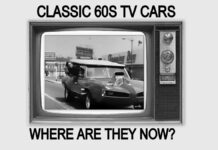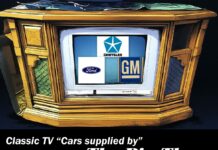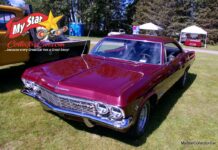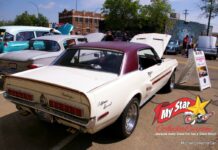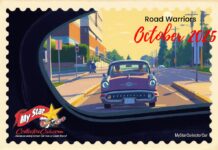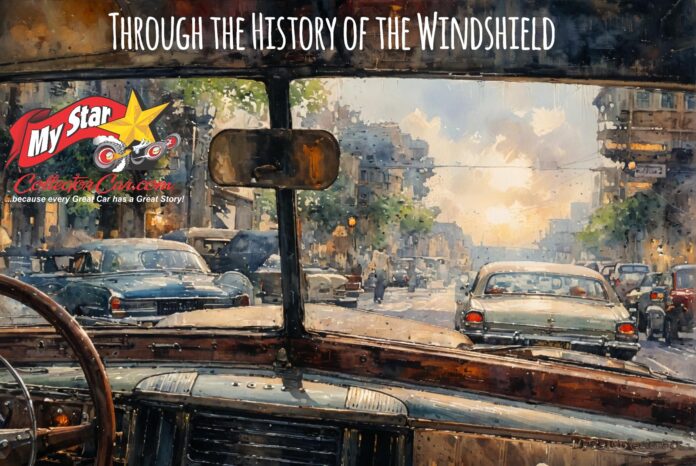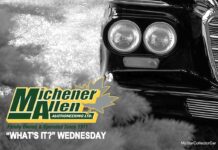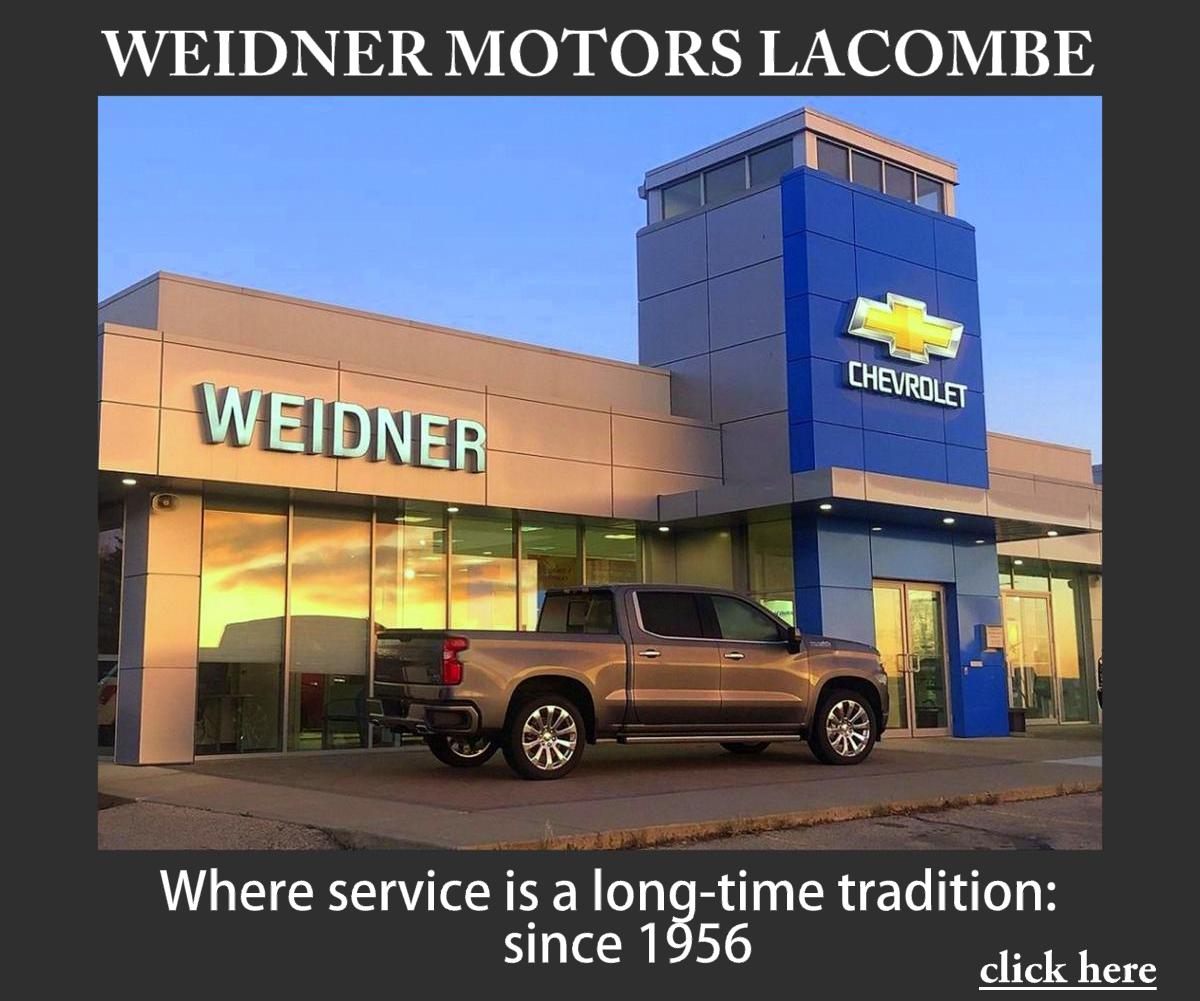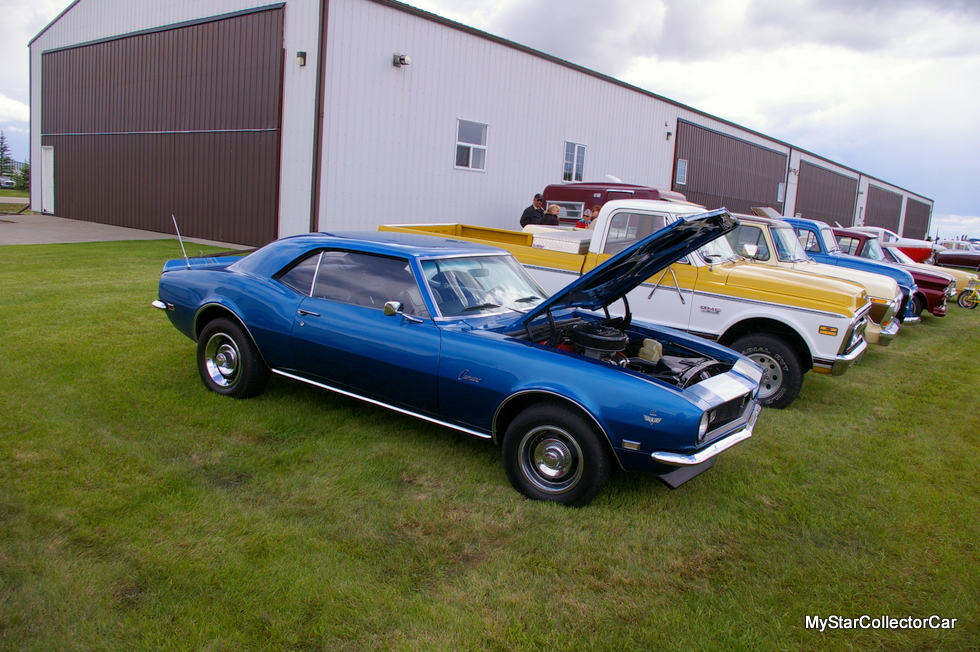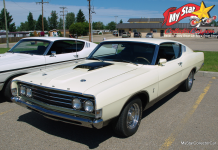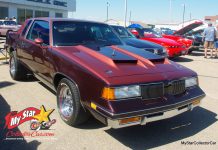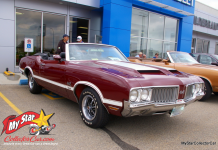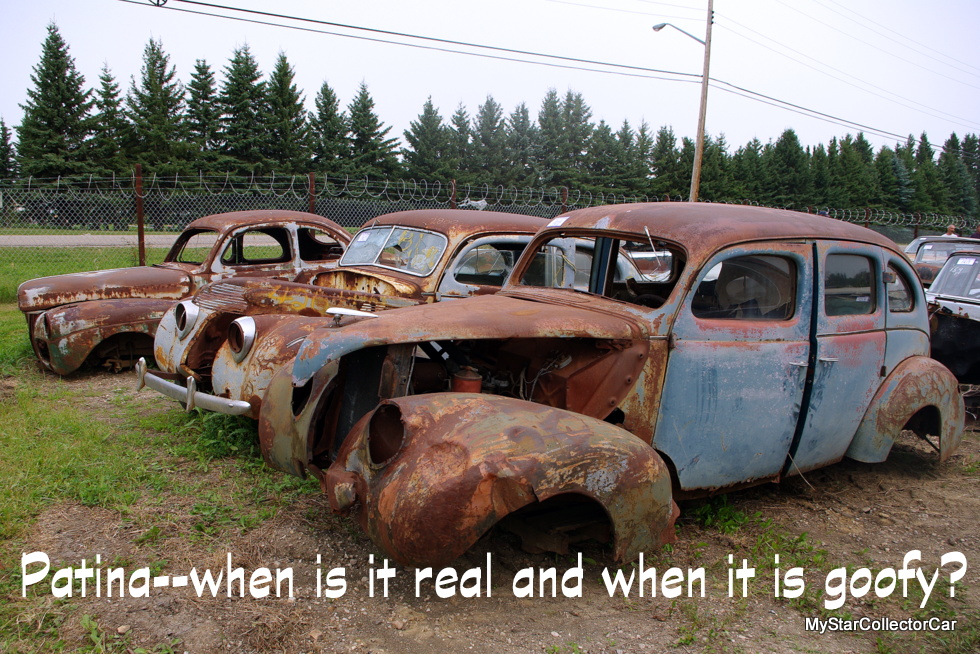Windshields are an important piece of the automotive puzzle because they were created to protect passengers from outside hazards.
Plus, they provided a convenient target when frustrated gopher hunters found an abandoned old vehicle in a pasture.
Jim Sutherland
Windshields were put on horseless carriages because an internal combustion-powered vehicle eventually outran horses during the early phase of the automotive era. The result was passengers ate plenty of bugs and dust before the introduction of windshields provided more protection for them.
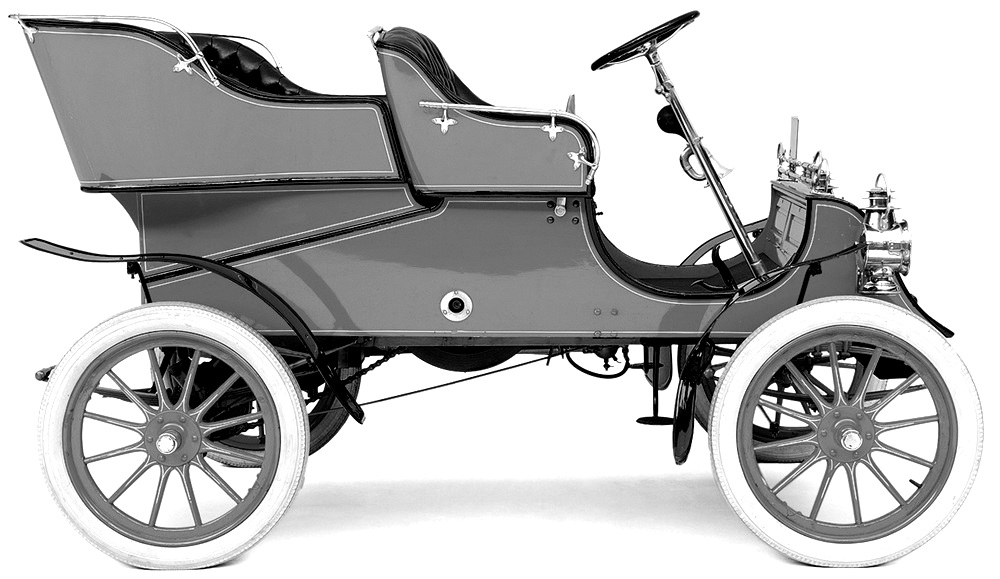
Early automotive windshields were introduced as an option in 1904 and consisted of flat glass similar to the type used in buildings. The big difference was buildings were unable to travel at speeds close to 30 mph (50 km/h), so the glass used in a stationary structure was adequate, given its use.
However, the early windshield glass was subjected to collisions with flying objects thrown in its path by other vehicles on the road and shattered upon impact with them. The net result was passengers in early 20th century cars were subjected to a shower of glass shards that had the potential to turn them into ground round.
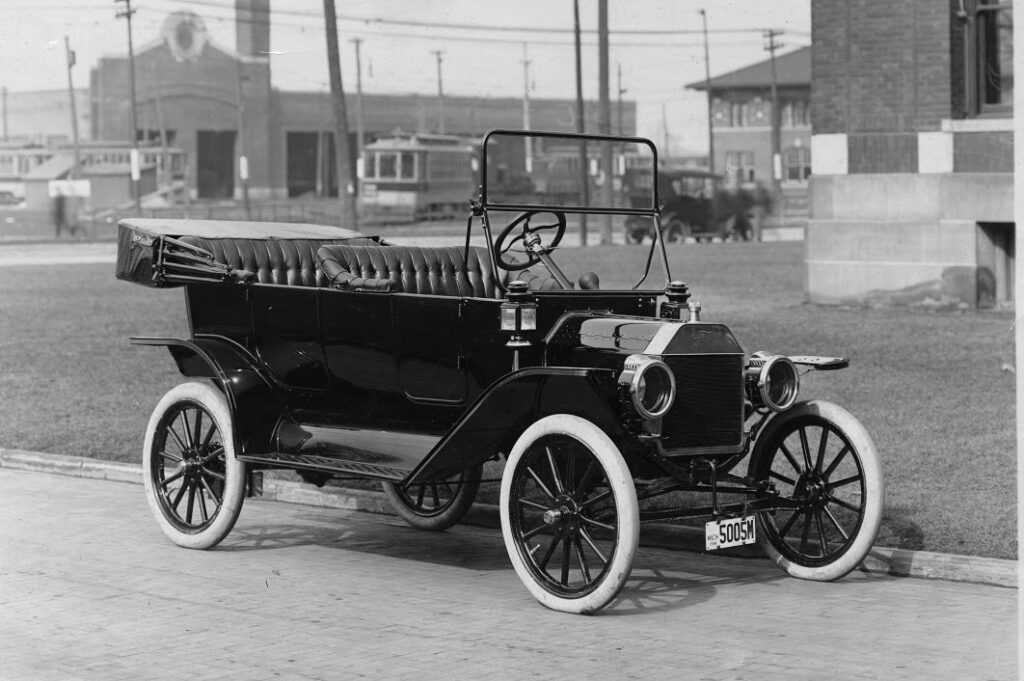
It was clear that conventional glass was not the answer for early era vehicles. But an accidental discovery by clumsy French scientist Edouard Benedictus was a game-changer after he knocked over a glass flask filled cellulose nitrate-and it did not shatter into a million pieces. Instead, it fractured around the cellulose nitrate and the glass stuck to the goop in the flask.
Presumably, a light bulb went off above Benedictus’ head and he smeared cellulose nitrate between two panes of glass with positive results when the combination did not break into razor-sharp pieces. Another laminated glass inventor named John Crewe Wood achieved similar success with a Canada balsam concoction and raced Benedictus to the patent office with his creation.
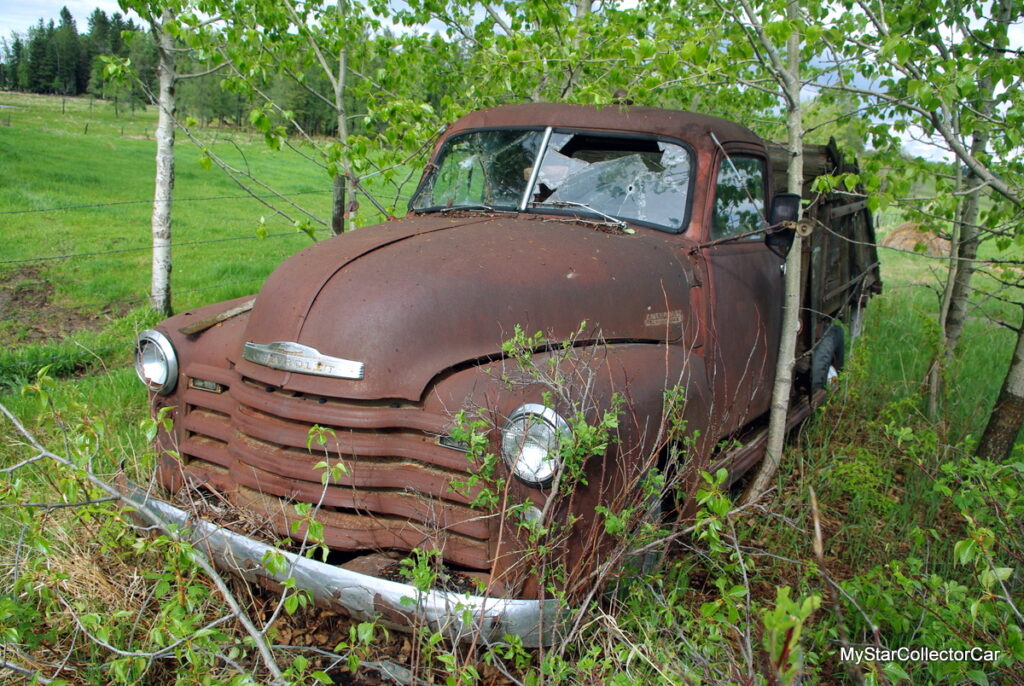
It took a few years for domestic car builders to accept laminated glass as a necessary component in their vehicles’ windshields, but Henry Ford jumped into the game in 1927 when he built models with the safer glass.
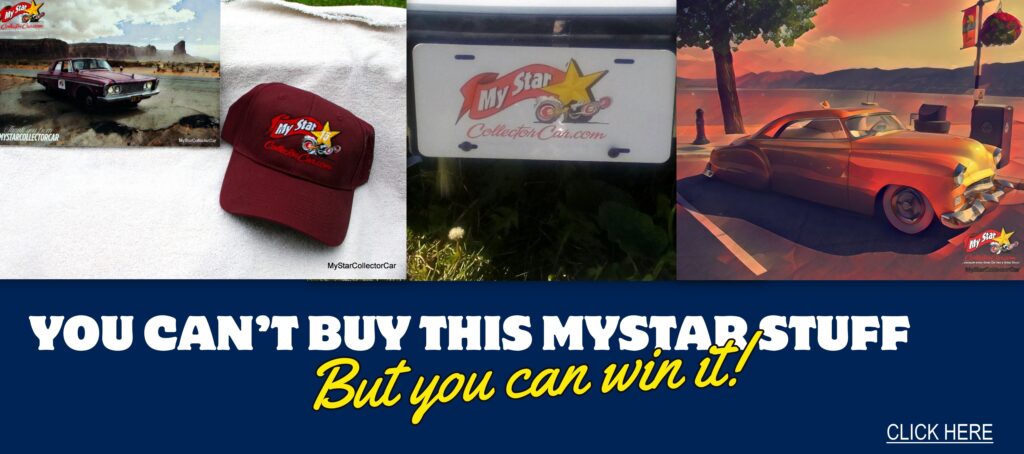
Ford’s move ignited an industry-wide move toward safety glass in vehicles, presumably to avoid nasty legal clashes with litigation lawyers, as well as keeping their customer base healthy enough to buy another new car from them.

Eventually advancements in laminate materials evolved into an early plastic compound with a long name (polyvinyl butyral) that offered better protection from UV rays (and even exterior noise) for vehicles built in the 1930s.
The 1930s are infamous for the Great Depression, but car makers still had to make a buck, so innovation was a part of their marketing strategy, including the aptly-named 1934 Chrysler Air Flow Custom Imperial, a sleek car with the first curved windshield on a domestic production vehicle.

Mother Mopar’s Air Flow was a car with an outlandish design for its era, including its curved windshield. Unfortunately for Chrysler, it was too ahead of its time and was not a favorite with the buying public at the time. But it did have a curved windshield.
Windshields have continued to evolve over the ensuing decades, but few of the advancements compare to the utter sense of relief prewar car owners felt when a rock hit their windshield and they didn’t end up with a face full of glass.
Jim Sutherland
BY: Jim Sutherland
Jim Sutherland is a veteran automotive writer whose work has been published by many major print and online publications. The list includes Calgary Herald, The Truth About Cars, Red Deer Advocate, RPM Magazine, Edmonton Journal, Montreal Gazette, Windsor Star, Vancouver Province, and Post Media Wheels Section.
- CLICK HERE to Sign Up for the Newsletter
- CLICK HERE to Like us on Facebook
- CLICK HERE to Follow us on Twitter
- CLICK HERE to Follow us on Pinterest




